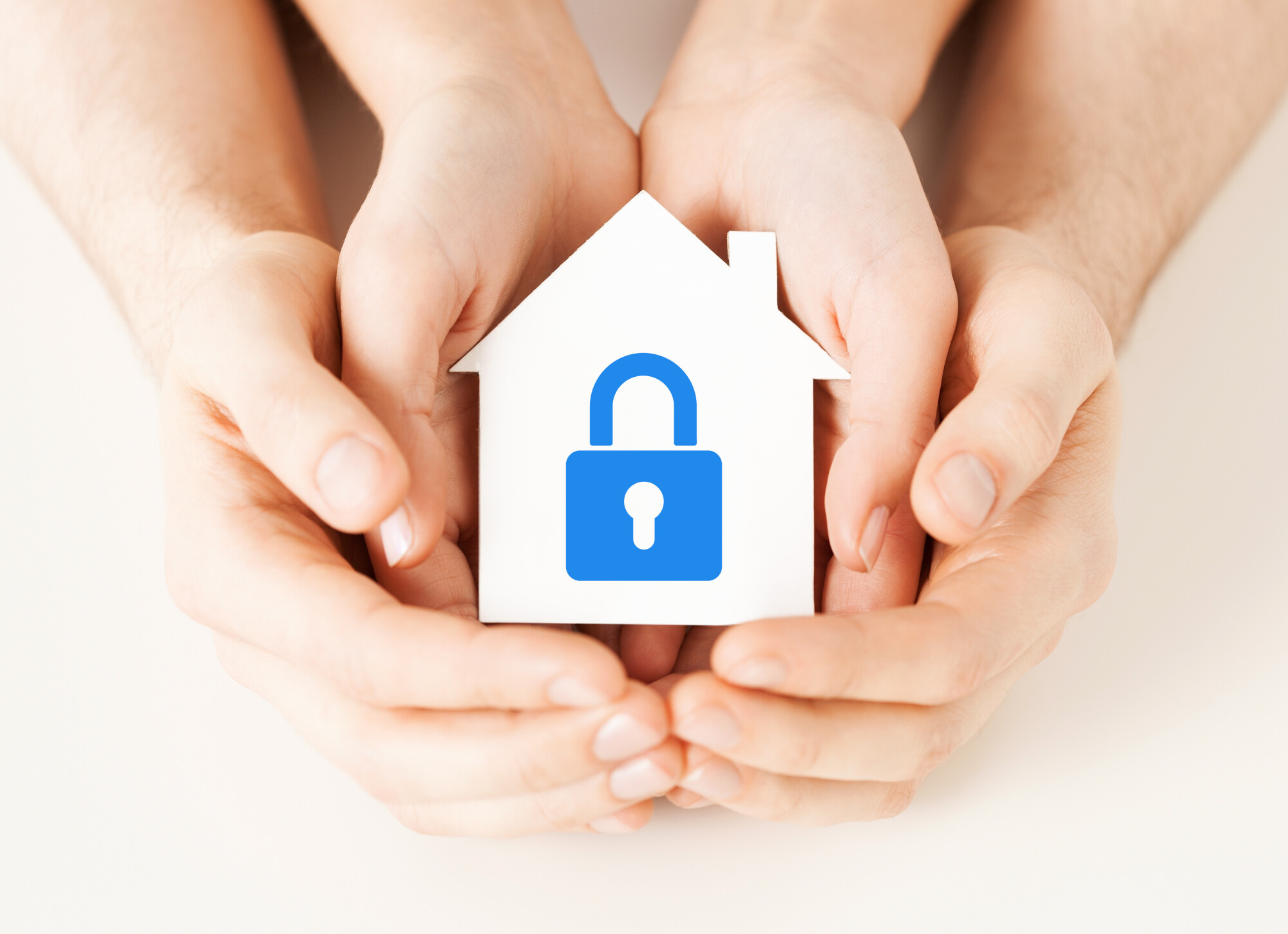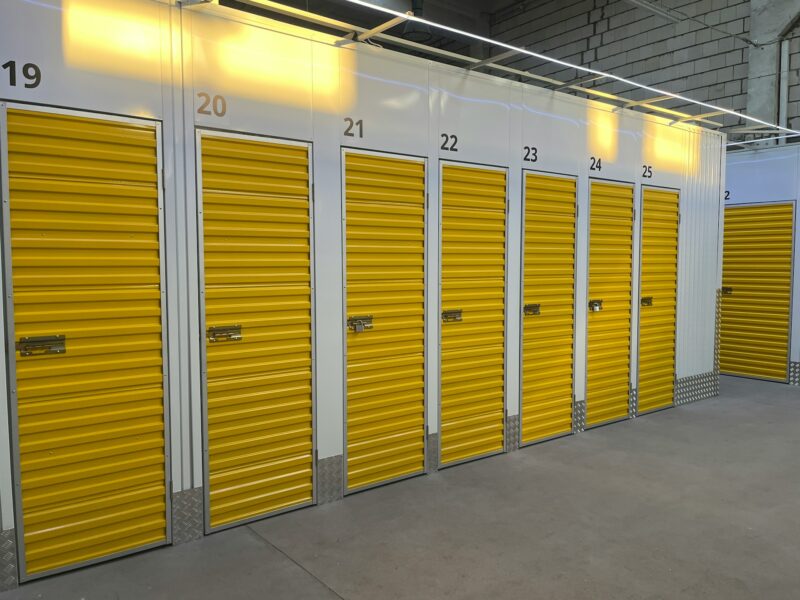Are you looking to make your home safer and protect your loved ones? While you may think you’ve prepared your house for potential dangers, you might have overlooked some safety precautions.
Standing tall and appearing intimidating may not always stop the bad guys from entering your home. So you must be more proactive and find the proper home safety measures.
Take a look and discover the best practices and home safety tips that you can put in place today. Let’s get started!
Contents
1. Create an Emergency Plan
Talk to your family and identify potential risks in your home. Then, plan to respond to these risks by outlining steps to take in each situation.
Developing a communication plan to notify family members in an emergency is crucial. Conduct regular safety drills and reviews so that everyone knows what to do. Consider whether you and your family have the necessary safety equipment.
For added peace of mind, documenting the plan is a good practice. Keep all plans and lists in an easily accessible place, such as a specific drawer or folder.
2. Secure Doors and Windows
Ensure that all doors have deadbolt locks and that windows are fitted with sturdy, well-made locks that are engaged and locked. Also, install outdoor lighting.
Installing metal rods or dowels for sliding glass doors is a good idea so outsiders can’t open the door even if the lock is compromised. Of course, it would be best to use door and window alarms.
Inspect door frames and locks regularly for signs of wear and tear. Reinforce windows and window frames if necessary.
3. Set Precautionary Measures for Visitors
Before anyone can access your home, identify who they are and their purpose for visiting. Always lock exterior doors.
Also, it would help to escort visitors, delivery personnel, or anyone else you don’t know when entering your home. Tell all visitors of any off-limits areas in your home.
Furthermore, consider asking visitors to leave any food deliveries or mail outdoors. If they must bring any items indoors, guarantee their sanitation. Promote respect, kindness, and familiarity with safety measures throughout the experience.
4. Install Surveillance Monitoring Systems
With surveillance monitoring systems, you can observe what is happening in and around your home via video cameras. Monitoring systems can help deter potential burglars. Cameras can also come with motion detectors and infrared night vision that will alert you of suspicious activity.
Some of the highest security systems have a two-way audio system. It lets you view the event and communicate with anyone on the premises. You can also use video footage to report illegal activity or provide evidence in the event of a crime.
5. Learn About Home Hazardous Material Management
You must assess what hazardous materials you keep within the home and where to locate them. You must store them away from children and check for end dates and leaky containers.
Use only the amount you need for a single application. Always ensure to follow the chemical management guide or instructions on the label.
Use caution when mixing products, as this can create toxic fumes. Remember to properly dispose of any containers or contents no longer in use.
Make Your Home Safety a Priority
Home safety should be something to pay attention to! Taking the necessary steps to secure your family’s well-being is essential. Following the home safety checklist in this article is an excellent start to safeguarding your home and belongings.
Adopt a security-minded mindset. Take the first step towards a safer home and begin securing your house today!
If you learned new insights, check out the rest of our blog for more.



